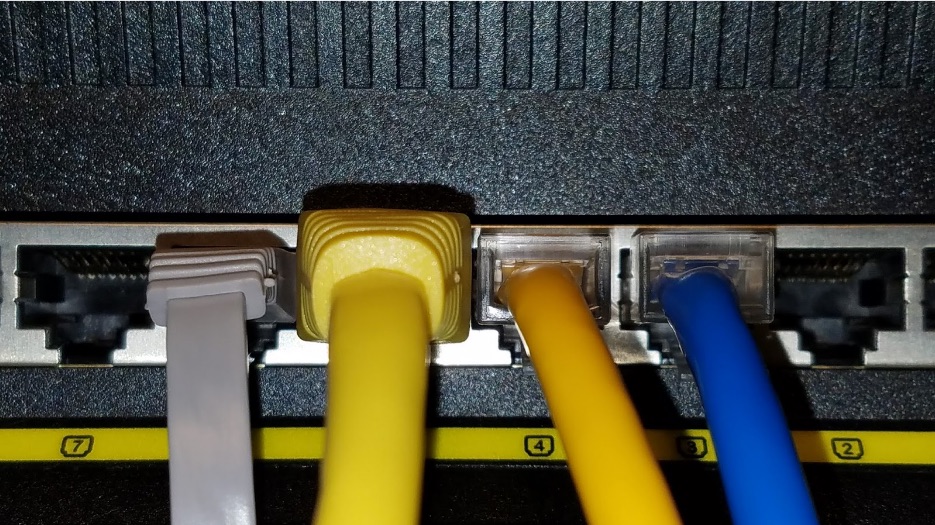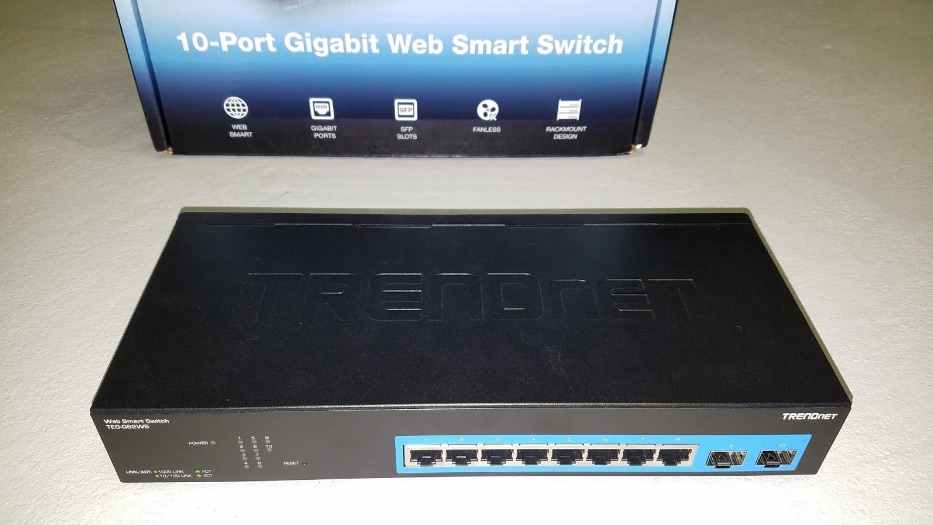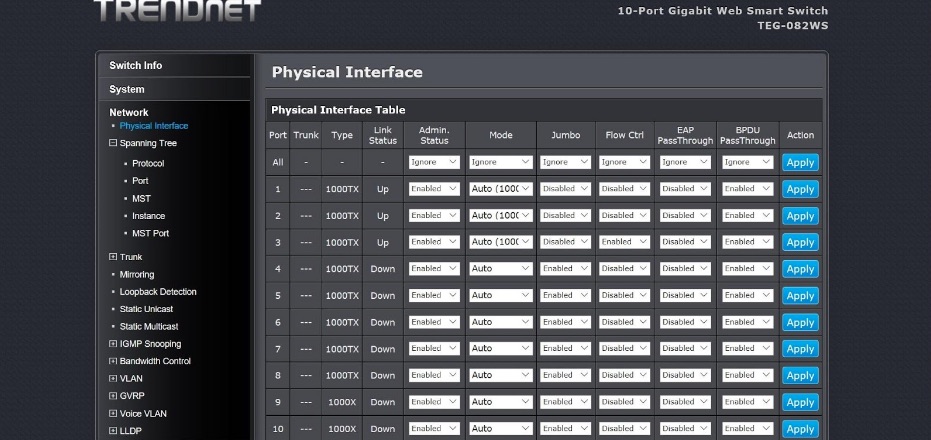What is “link aggregation” and how does it benefit your network?
Teaming network connections can improve bandwidth, but does it actually help gaming?

When it comes to networking, a wired connection is always the best one. When one connection isn't enough however, link aggregation or bonding two network connections together can boost throughput. Games don't use much bandwidth so a 1 gigabit connection is enough, but link aggregation can help with file transfers.
There are inherent advantages of a direct Ethernet connection, including being always secure, and immune to radio wave interference (just don’t lay your CAT 5e parallel an electrical wire or all bets are off). While faster 10 Gbps standards for Ethernet are on the market, affordable consumer level equipment remains quite scarce.
In this time of transition from 1 Gbps to 10 Gbps wired Ethernet, a more available, and affordable strategy to consider is Link Aggregation, which also goes by the names of link bundling, and port aggregation. This is a method to combine multiple individual Ethernet connections, into one logical link. Before you think this is just the latest internet hack, realize that link aggregation is a standard of the IEEE, first debuting in the year 2000 as 802.3ad which established the initial standard for this. It was then revised in 2008 to 802.1AX, the “Link Aggregation Revision.” There are some advantages of link aggregation, including:
- Additional bandwidth between connected devices
- Redundancy in case an Ethernet cable fails which increases resilience
- Load balancing of the connections
Also realize that Link Aggregation is a general wired network upgrade, and well worth exploring for the reasons enumerated above. There are clear benefits, particularly in a loaded and congested network. However, from a purely gaming perspective, it is unlikely to directly increase FPS, or lower latency if the network is less congested, and recall that most online gaming utilizes a relatively small amount of data (< 1 Mb/s), although this constant flow of data, both on the upload and the download is more crucial to an excellent gaming experience, and a direct wired connection with leftover bandwidth facilitates this, especially as the network load increases.
There are two situations we’ll recommend to consider going to a Link Aggregation strategy for your wired network. The first is for the network backbone. When running Ethernet cable to connect a switch to a router, as the cables are comparatively inexpensive, and the labor costs are high, it is good practice to run multiple cables in this scenario just to make sure there is always some connection.

Using Link Aggregation it is simple to have these multiple Ethernet connections to act as one logical connection, hardening the network in case a wire fails, and increasing total bandwidth when all the wires are functioning. For our setup we used, the Trendnet TEG-082WS switch to aggregate multiple ports into a single logical connection between our wired devices. It features eight Gigabit Ethernet ports, and two SFP+ ports so it can connect plenty of devices, and has a fanless design more appropriate for a residential setting. It is part of their “Web Smart” series that makes setting up link aggregation a snap as each of the ports will self configure once connected as seen in the screenshot below using ports 1,2 and 3.

The trick to setting up this switch, (and others) is making sure the switch and the router are on the same network. The Trendnet switch’s address is 192.168.10.200, and we are connecting it to the Asus GT-AC5300 which has a default address of 192.168.1.1. The two of them could not see each other with the default configurations, which required changing the router’s address to 192.168.10.1, and then all played nicely once they were on the same network.
The biggest gaming news, reviews and hardware deals
Keep up to date with the most important stories and the best deals, as picked by the PC Gamer team.
The other way to use Link Aggregation is to a client. In this case, a special NIC is required that supports multiple Ethernet connections, as most motherboards have only a single Ethernet port, and do not support Link Aggregation. However, this is still quite affordable as a 10 Gbps Ethernet card fetches a premium of $225, while a Gigabit Ethernet card with four ports can be found for under $50, and one with two Ethernet ports under $40, putting it close to the price of a single port card.

